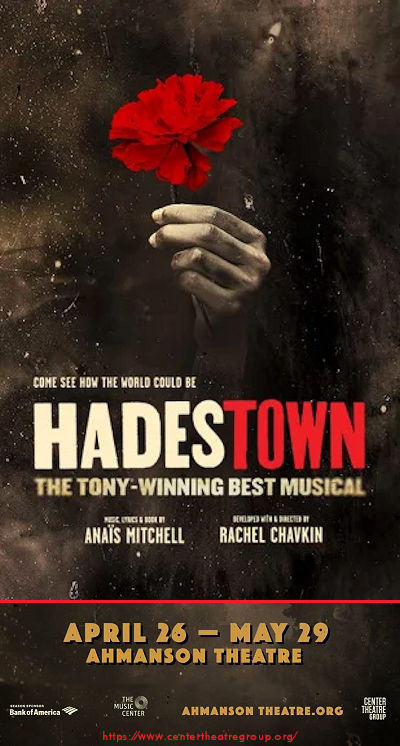
 There has been a trend in the theatre of late to — shall we say — play it safe. Revive that remarkably successful old chestnut with a bit name star (never mind the problematic undertone)*. Take that very successful movie property and bring it to the stage and hope that people come out of nostalgia**. Although these often make money (especially on tour, playing to the crowds in Podunk USA), they often aren’t the best musicals. The best productions are often original stories or stories adapted from unexpected sources. Their originality wins the audience over: they get to see something they’ve never seen before, instead of the same old same old.
There has been a trend in the theatre of late to — shall we say — play it safe. Revive that remarkably successful old chestnut with a bit name star (never mind the problematic undertone)*. Take that very successful movie property and bring it to the stage and hope that people come out of nostalgia**. Although these often make money (especially on tour, playing to the crowds in Podunk USA), they often aren’t the best musicals. The best productions are often original stories or stories adapted from unexpected sources. Their originality wins the audience over: they get to see something they’ve never seen before, instead of the same old same old.
*: e.g., Music Man. **: e.g., Tootsie, Pretty Woman, Beetlejuice, Mrs. Doubtfire, …
Hadestown, which we saw last Sunday at the Ahmanson Theatre (FB), is one of those original shows. It is based on the Greek myths of Orpheus and Eurydice, which is connected to the story of Hades and Persephone. It featured music, lyrics, and book by a non-theatre artist: Anaïs Mitchell; after a few staged performances, she released the music as a song concept album in 2010, and it was workshopped and grew from there. The music style is not your typical Broadway musical: it is bluesy and jazzy and has that hit of New Orleans to it. It is a seedy bar joint, at times joyous and at times dark. It is light and dark. It is, well, Persephone and Hades.
The basic myth is this: Persephone was the daughter of Demeter, the Goddess of nature. She is the bringer of spring and summer, the bringer of the bounty of the Earth. Hades is King of the Underworld. Hades fell in love with Persephone and kidnapped her (although this isn’t in the play). They fall in love and marry, and agree that for six months out of the year she will live with him in the Underworld. During that time we have fall and winter. She returns for six months, bringing Spring and Summer. But Hades is a jealous and possessive man, and doesn’t want her away from him. He starts keeping her longer and longer, with predictable effect in the world above.
Orpheus was the son of Apollo and the muse Calliope. He had a gift of song and writing. He is guided by Hermes, who has the responsibility of conducting souls to the Underground. Hermes takes Orpheus under his wing. Orpheus is writing a song; a song so powerful it will bring Persephone back to the upper world, and bring back spring. Enter Eurydice, a woman of grace, who is tired of the endless winter. Orpheus falls in love with Eurydice, and she falls in love with his melodies. This is especially true when Persephone returns. But she always must return, and when she does, Eurydice despairs (especially as Orpheus ignores her as he writes his song). She is enticed by Hades to go to the Underworld (and pay the price those who take the trip must take). When Orpheus learns of this, he travels to the Underworld to rescue her.
That’s the basic story (sans the ending). As staged, there are layers upon layers of metaphor. The most obvious one is the intimation of climate change: we have been destroying the world by driving away Spring, and we must take action to bring it back. I also detected allegories of anti-immigrant phobia, concerns about poverty making the world ugly, and even intimations of Trump and his wall, although this long predates Trump. What would you think when you hear lines like: Why do we build the wall? We build the wall to keep us free, we build the wall to keep out the enemy, the enemy is poverty. There are the workers, who toil and toil and never get anywhere — until they decide to hear each other and come together. There are deep messages in this show, folks.
As I noted earlier, the music is different than most shows. There are truly joyous songs. There are haunting songs. There are dark and scary songs. There are earworms (“Way down, Hadestown, Way down under the ground”) or “Now That the Chips Are Down”. I’ve picked up three versions of the music to this show: the concept album, the off-Broadway version, and the Broadway version. All are excellent and slightly different.
The direction of the show is also atypical. The show was developed with and directed by Rachel Chavkin. Chavkin is best known for Natasha Pierre and the Great Comet of 1812, which is another very different musical. This is a different theatre sensibility, and is unlike the typical fare one sees on the stage. I can imagine the impact of the show would be much greater in a smaller venue, but touring theatres are not small venues (and don’t work well on the thrust stage, eliminating the Taper from consideration).
The performances were also strong. Let’s start with the glue that holds the show together, provides the exposition, and moves the story along: Hermes (Levi Kreis). Let’s start off by saying that Kreis is not Andre de Shields, who won a Tony for this role. de Shields is one of a kind, and you can’t duplicate that. But Kreis works well and brings a different take to the role. More soul, and less Wiz. I enjoyed his voice and his interactions, and he was fun to watch off on the side in the small moments.
The protagonist couple, who are the center of the story, is Orpheus (Nicholas Barasch) and Eurydice (normally Morgan Siobhan Green, but…). I say “but….” because we had a substitution at our show (which started late, so I’m guessing there was a last minute substitution). We had Sydney Parra as Eurydice, who swung up from her normal role as a worker. Barasch had a beautiful lilting high tenor (at least I think that’s the right term), and expressed a lovely naivete and lightness of character. As for Parra, you would never have known she was an understudy. She deftly handled the role. She captured a lovely tenuousness and had a great voice; it was also interesting to see her come to life in the underworld. I also applaud her for not bowing to convention on stage — she was distinctly herself, and it was great to see her self confidence. Those who saw her performance will know what I’m referencing.
Our other couple were Persephone (Kimberly Marable) and Hades (Kevyn Morrow). Again, don’t expect the Broadway actors to be cloned — no one can clone Patrick Page. But Morrow does have the baratone, but not quite the malevolence. Marable is clearly a jazz singer by trade, and she brings that joy and light to her performance. Again, these actors embody the archetypes of their Greek counterparts: Morrow is dark, Marable is light and joy.
Directing the action somewhat and guiding things along are the three Fates: Belen Moyano, Bex Odorisio, and Shea Renne. They sang beautifully, and even brought some instruments to the stage (accordion, fiddle).
Rounding out the production was the worker’s chorus. As we had some swings, I’m indicating the performers we saw by putting the names in bold, normal swings are indicated with §: Lindsey Hailes, Chibueze Ihuoma, Will Mann, Sydney Parra, Jamari Johnson Williams, Tyla Collier§, Ian Coulter-Buford§, Alex Lugo§, Eddie Noel Rodriguez§, J. Antonio Rodriguez§. In other words: Out of the normal five workers, three were swings. You would have never known from the performances we saw, which were all strong. I particularly noticed the chorus in the scenes Underground: Why We Build the Wall, or the various chants.
Also on stage — essentially as part of the performers — were the musicians: Nathan Koci Conductor/Piano; Jacob Yates Cello / Asst. Conductor; Maria Im Violin; Michiko Egger Guitar; Audrey Ochoa Trombone / Glockenspiel; Calvin Jones Double Bass; and Anthony Ty Johnson Drums / Percussion. Of these folks, I’d like to single out Ochoa on Trombone. She was playful on stage and brought some wonderful jazz licks to the piece. But this entire ensemble was just great.
Before we turn to the scenic and other production aspects, let’s finish off the music and the movement. The production was choreographed by David Neumann, with help from Katie Rose McLaughlin Associate Director / Choreographer. The movement was very jazz oriented and fit the piece well; this wasn’t your typical chorus line. Rounding out the music team was Liam Robinson Music Supervisor and Vocal Arrangements; Michael Chorney Arrangements and Orchestrations; Todd Sickafoose Arrangements and Orchestrations; Nathan Koci Music Director. Note that none of the music team are your typical Broadway music types. Assisting in the direction was Chika V. Ike Associate Director.
The scenic design was interesting. A New Orleans type blues pub was at the center (with a small turntable); on the sides were the musicians and high-boy tables. On a balcony in the back was space for Hades and Persephone to watch. There was a circular staircase, and the back opened to be a train. This tour design was by Rachel Hauck Scenic Design. It was supported by the other design aspects: Michael Krass Costume Design; Bradley King Lighting Design; Nevin Steinberg Sound Design; Jessica Paz Sound Design; and Jennifer Mullins Hair Design. All these pieces combine to establish the mood and the characters well. Rounding out the production team were: Ken Cerniglia Dramaturg; Stewart/Whitley Casting; Joel Rosen Production Stage Manager; Annelise Castleberry Stage Manager; Zachry J. Bailey Assistant Stage Manager; Denny Daniello Company Manager; Aurora Productions Production Management.
Hadestown is well worth seeing; we thoroughly enjoyed it. It continues at the Ahmanson Theatre (FB) through May 29, 2022. Tickets are available through the Ahmanson box office. Discount tickets may be available through Goldstar or through TodayTix.
❧
Ob. Disclaimer: I am not a trained theatre (or music) critic; I am, however, a regular theatre and music audience member (modulo the COVID break). I’ve been attending live theatre and concerts in Los Angeles since 1972; I’ve been writing up my thoughts on theatre (and the shows I see) since 2004. I do not have theatre training (I’m a computer security specialist), but have learned a lot about theatre over my many years of attending theatre and talking to talented professionals. I pay for all my tickets unless otherwise noted (or I’ll make a donation to the theatre, in lieu of payment). I am not compensated by anyone for doing these writeups in any way, shape, or form. I currently subscribe at Actors Co-op (FB), 5 Star Theatricals (FB), Broadway in Hollywood (FB), the Ahmanson Theatre (FB), and we have a membership at The Pasadena Playhouse (FB). We were subscribing at the Musical Theatre Guild (FB) prior to COVID; they have not yet resumed productions. We have also been subscribers at the Soraya/VPAC (FB), although we are waiting a year before we pick that up again. Through my theatre attendance I have made friends with cast, crew, and producers, but I do strive to not let those relationships color my writing (with one exception: when writing up children’s production, I focus on the positive — one gains nothing except bad karma by raking a child over the coals). I believe in telling you about the shows I see to help you form your opinion; it is up to you to determine the weight you give my writeups. Note to publicists or producers reading this: here’s my policy on taking comp tickets. Bottom-Line: Only for things of nominal value, like Fringe.
Upcoming Shows:
For right now, we’re pretty much sticking with shows that come as part of our subscriptions or are of interest through our memberships. That may change later in 2022. Looking further into 2022: We’re done with our May shows. June will see Come From Away at the Ahmanson Theatre (FB) and Pretty Woman at Broadway in Hollywood (FB), as well as Tom Paxon at McCabes plus as much of the Hollywood Fringe Festival as we have the energy for. July brings Moulin Rouge at Broadway in Hollywood (FB) [Pantages], Dear Evan Hansen at the Ahmanson Theatre (FB), Newsies at 5 Star Theatricals (FB), and Freestyle Love Supreme back at The Pasadena Playhouse (FB). August is quieter, with just The Prom at the Ahmanson Theatre (FB). Lastly (for this look ahead), September brings Oklahoma the Ahmanson Theatre (FB) and Jagged Little Pill at Broadway in Hollywood (FB), although they are on the same day so I’ll be shifting one show. September may also bring Andrew Lippa’s version of The Wild Party at the Morgan Wixson Theatre. This was a show I had been planning to see before the COVID shutdown, so I’m putting it in the “part of our subscriptions” list. There may also be some Hollywood Bowl stuff, depending on how my wife is doing.
As always, I’m keeping my eyes open for interesting productions mentioned on sites such as Better-Lemons, Footlights, as well as productions I see on Goldstar, On Stage 411 or that are sent to me by publicists or the venues themselves. Want to know how to attend lots of live stuff affordably? Take a look at my post on How to attend Live Theatre on a Budget (although I know it is outdated and need to update it). Want to learn about all the great theatre in Southern California? Read my post on how Los Angeles (and its environs) is the best area for theatre in the Country (again, I need to review this for the post-COVID theatre landscape)!
 This entry was originally posted on Observations Along the Road as 🎭 The Road to Hell is Quite Entertaining | "Hadestown" @ Ahmanson by cahwyguy. Although you can comment on DW, please make comments on original post at the Wordpress blog using the link to the left. You can sign in with your LJ, DW, FB, or a myriad of other accounts. Note: Subsequent changes made to the post on the blog are not propagated by the SNAP Crossposter; please visit the original post to see the latest version. P.S.: If you see share buttons above, note that they do not work outside of the Wordpress blog.
This entry was originally posted on Observations Along the Road as 🎭 The Road to Hell is Quite Entertaining | "Hadestown" @ Ahmanson by cahwyguy. Although you can comment on DW, please make comments on original post at the Wordpress blog using the link to the left. You can sign in with your LJ, DW, FB, or a myriad of other accounts. Note: Subsequent changes made to the post on the blog are not propagated by the SNAP Crossposter; please visit the original post to see the latest version. P.S.: If you see share buttons above, note that they do not work outside of the Wordpress blog.



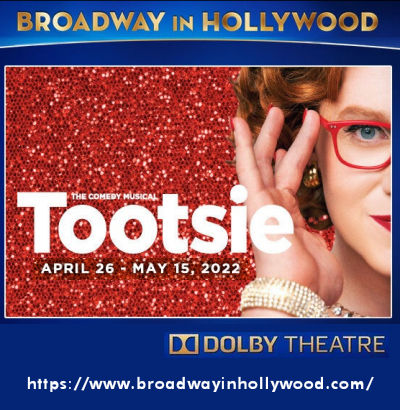
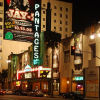 Whew! It’s been a week, hasn’t it. I feel more exhausted than an actor trying to juggle pretending to be someone whom I’m not who is then trying to be someone who they are not while not letting out a secret… well, more on that in a minute. But I have been really busy, so please excuse the lateness of these writeups. They took a back seat to some other projects this week — working up updates
Whew! It’s been a week, hasn’t it. I feel more exhausted than an actor trying to juggle pretending to be someone whom I’m not who is then trying to be someone who they are not while not letting out a secret… well, more on that in a minute. But I have been really busy, so please excuse the lateness of these writeups. They took a back seat to some other projects this week — working up updates 

 Back in February 2020, I was visiting my daughter in Madison WI. Tickets had just gone on sale for a show my wife really wanted to see,
Back in February 2020, I was visiting my daughter in Madison WI. Tickets had just gone on sale for a show my wife really wanted to see, 
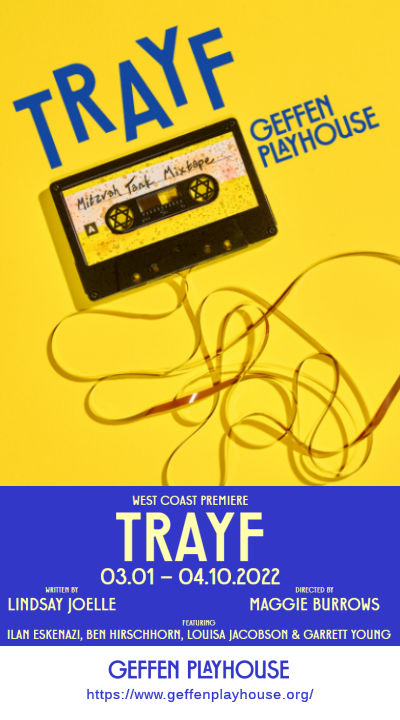
 As you may have figured out by now, I wear many hats. Some look like train engineer hats. Some are whatever a roadgeek wears. Some protect your information technology investments. And others, well, clip on with a hair clip and cover your head in shul. In other words,
As you may have figured out by now, I wear many hats. Some look like train engineer hats. Some are whatever a roadgeek wears. Some protect your information technology investments. And others, well, clip on with a hair clip and cover your head in shul. In other words, 
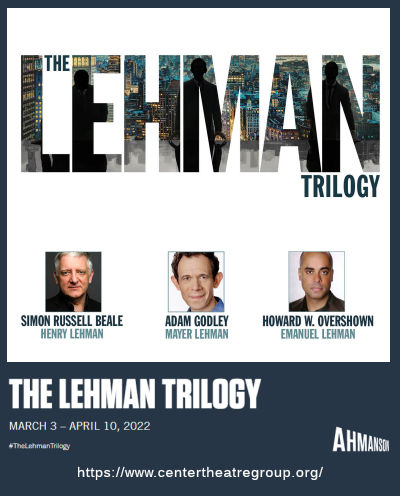

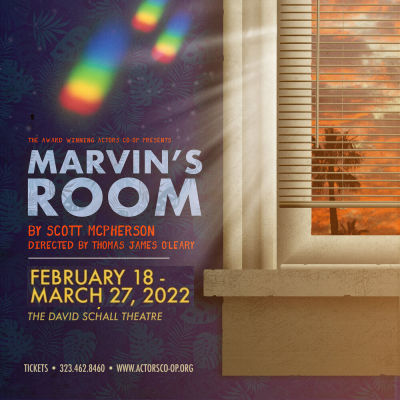
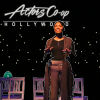 The last few times I’ve gone to the theatre it’s been strange. Either I went without my usual theatre companion, because she was in the hospital, or I had to navigate handicapped access at the theatre. This is because my wife (my regular theatre companion) fell in mid-November, and after a few weeks in the hospital, has been in a wheelchair ever since. She just got the clearance last Thursday to start putting weight on the leg; she won’t be walking normally for a while. This has put me in the position of being her caretaker, on top of my normal work and volunteer activities. It also means I’ve doing everything around the house. It’s exhausting.
The last few times I’ve gone to the theatre it’s been strange. Either I went without my usual theatre companion, because she was in the hospital, or I had to navigate handicapped access at the theatre. This is because my wife (my regular theatre companion) fell in mid-November, and after a few weeks in the hospital, has been in a wheelchair ever since. She just got the clearance last Thursday to start putting weight on the leg; she won’t be walking normally for a while. This has put me in the position of being her caretaker, on top of my normal work and volunteer activities. It also means I’ve doing everything around the house. It’s exhausting.

 Recently, I received an announcement that tickets for
Recently, I received an announcement that tickets for 
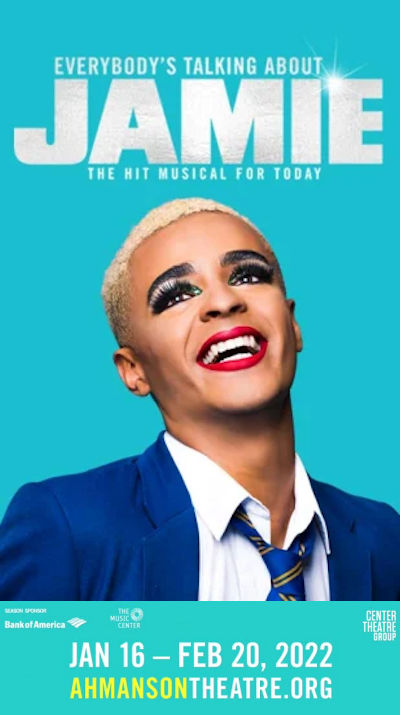

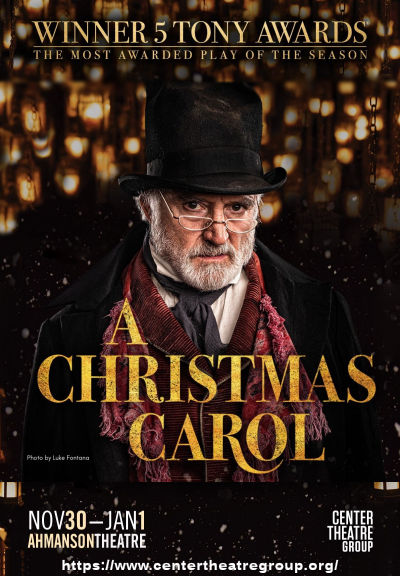

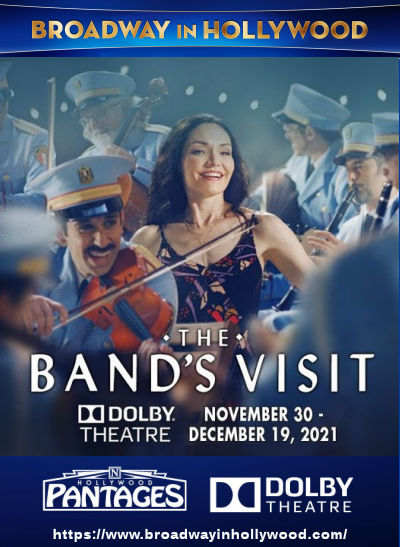

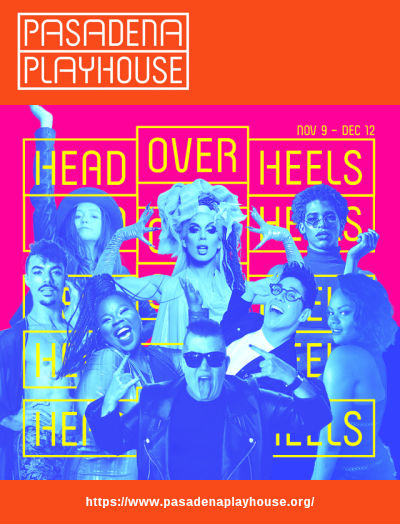

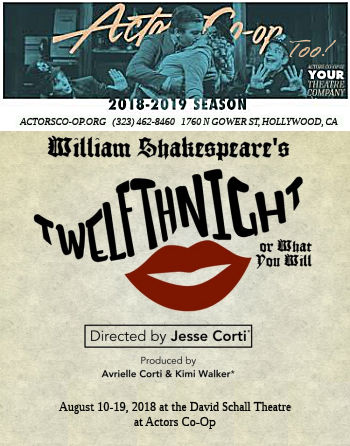

 And so, with Alfred Hitchcock, our theatre hiatus of almost 6 weeks comes to an end. Between
And so, with Alfred Hitchcock, our theatre hiatus of almost 6 weeks comes to an end. Between 

 Singing and dancing founding fathers. They’ve trod the Great White Way slightly more times than professional sports have. Some — like 1776 — have been spectacularly successful. Others — like Mr. President, 1600 Pennsylvania Avenue, and Ben Franklin in Paris — have been less so. All have portrayed our leaders as ultimately human, as flawed men that have worked towards a more perfect union.
Singing and dancing founding fathers. They’ve trod the Great White Way slightly more times than professional sports have. Some — like 1776 — have been spectacularly successful. Others — like Mr. President, 1600 Pennsylvania Avenue, and Ben Franklin in Paris — have been less so. All have portrayed our leaders as ultimately human, as flawed men that have worked towards a more perfect union.

 Did you know I’ve written a play? It is about life as a professional audience member.
Did you know I’ve written a play? It is about life as a professional audience member.

 A little over 10 years ago, I picked up a fascinating book,
A little over 10 years ago, I picked up a fascinating book, 

 This has been a busy busy week, what with meetings and loads of stuff to do in the evenings. One of those evening activities was an evening at
This has been a busy busy week, what with meetings and loads of stuff to do in the evenings. One of those evening activities was an evening at 

 This has been a weekend of love. Friday night we saw a Shakespearean celebration of love through the eyes of
This has been a weekend of love. Friday night we saw a Shakespearean celebration of love through the eyes of 

 If you were to ask me what my absolute favorite musical was — that is, the one musical that was guaranteed to leave me happy and feeling good upon hearing the score — it would be the 1972 Tony-award winning
If you were to ask me what my absolute favorite musical was — that is, the one musical that was guaranteed to leave me happy and feeling good upon hearing the score — it would be the 1972 Tony-award winning 
